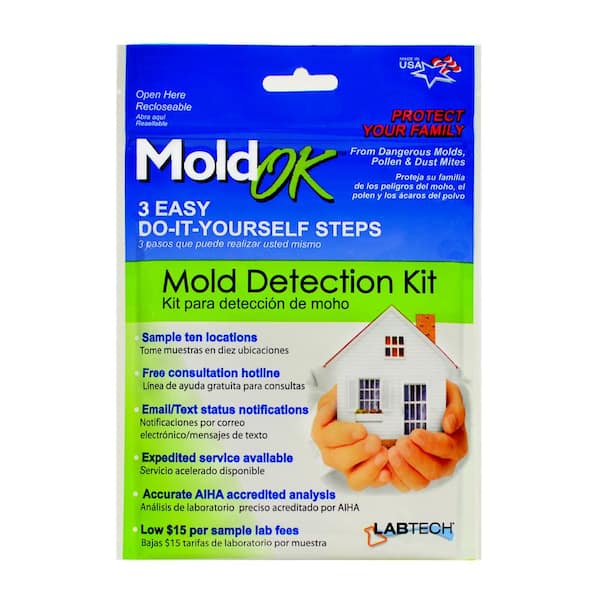The Duty of Mycotoxin testing Services in Food and Feed Security
The Duty of Mycotoxin testing Services in Food and Feed Security
Blog Article
The Requirement of Mycotoxin Examining in Agricultural Products to Make Sure Customer Safety And Security
The requirement of mycotoxin testing in farming products is an essential aspect of public health and safety and security that necessitates detailed examination. Mycotoxins, harmful substances produced by specific fungis, can penetrate numerous plants, leading to considerable wellness threats for customers, such as carcinogenic results and organ damage.
Comprehending Mycotoxins
Mycotoxins, poisonous secondary metabolites generated by certain fungi, offer a significant risk to farming products and human health and wellness. These substances are generated by different varieties of molds, such as Aspergillus, Fusarium, and Penicillium, which can infect crops both pre- and post-harvest - Mycotoxin testing Services. One of the most common mycotoxins include aflatoxins, ochratoxin A, fumonisins, zearalenone, and deoxynivalenol (DON)
Mycotoxin contamination can happen under certain ecological conditions, such as high moisture and temperature, which favor the growth of mold. Agricultural items like grains, nuts, seasonings, dried fruits, and coffee are especially susceptible. The presence of mycotoxins in these commodities can bring about substantial economic losses because of minimized plant returns and the need for rigorous screening and decontamination processes.
Comprehending the biochemical nature and development of mycotoxins is essential for developing reliable mitigation approaches. Research has actually revealed that mycotoxins show an array of chemical structures and residential properties, making detection and removal challenging. Advanced logical techniques, including chromatography and mass spectrometry, are made use of to recognize and measure mycotoxins in agricultural items, ensuring that contamination levels continue to be within secure limitations established by regulatory bodies.
Health And Wellness Risks of Mycotoxins
Given the substantial risks connected with mycotoxins in farming items, recognizing their effect on health is critical. Mycotoxins, harmful additional metabolites produced by fungis, posture extreme threats to both human and animal health.
Severe mycotoxin poisoning, although less usual, can create severe and prompt health and wellness troubles such as liver damages, intestinal disturbances, and hemorrhaging. Ochratoxin A, one more potent mycotoxin, is connected to kidney damages and has possible carcinogenic effects. At the same time, fumonisins, mostly affecting maize, are connected with esophageal cancer and neural tube issues.

Usual Resources of Contamination
Recognizing the common resources of contamination is crucial for successfully managing and minimizing the risks posed by mycotoxins. Mycotoxins are hazardous additional metabolites created by particular types of fungis, which can contaminate farming products at different stages of handling, production, and storage space. The primary sources of contamination consist of area conditions, post-harvest handling, and storage settings.
Field conditions play a considerable function, with aspects i was reading this like weather, plant susceptibility, and soil wellness affecting fungal growth. Crops such as corn, peanuts, wheat, and tree nuts are particularly prone to mycotoxin-producing fungis like Aspergillus, Fusarium, and Penicillium species. Inadequate crop rotation and bad insect monitoring can exacerbate the risk of contamination.
Post-harvest handling is another vital phase where contamination can happen. Mechanical damages during harvesting and transportation creates important site access factors for fungis, while incorrect drying strategies can leave moisture degrees high enough to support fungal development.
Storage space settings contribute substantially to contamination dangers. Badly preserved storage centers with high moisture and temperature degrees create perfect conditions for mycotoxin production. Regular inspections and correct storage conditions are essential in curbing this danger.
Mycotoxin Evaluating Approaches
Reliable monitoring of mycotoxin contamination pivots not just on recognizing potential sources yet also on implementing durable screening methods to identify these dangerous substances. Mycotoxin screening methods can be generally categorized right into immunochemical and chromatographic techniques.
On the other hand, enzyme-linked immunosorbent assay (ELISA) and side circulation assays project immunochemical methods. ELISA, in certain, is extensively utilized because of its cost-effectiveness, convenience of usage, and fast turn-around time. Side circulation assays provide quick, on-site screening capabilities, making them ideal for area applications where instant choices are required.
In addition, advancements in molecular biology have presented PCR-based approaches capable of detecting mycotoxin-producing fungis at hereditary levels, offering an anticipating approach to contamination risk. Integrating these diverse methods boosts the integrity and comprehensiveness of mycotoxin detection, making sure that agricultural items satisfy safety requirements and safeguarding consumers from possible wellness threats.
Advantages of Routine Checking

Normal mycotoxin testing offers substantial advantages that substantially bolster agricultural security and quality. Among the key advantages is the security of customer health and wellness. Mycotoxins, poisonous substances generated by certain fungi, can pollute food and position major health dangers, including cancer cells and acute poisoning. Normal screening makes certain that contaminated items do not reach consumers, therefore reducing health risks.
In addition, regular testing assists in preserving the stability and online reputation of agricultural producers. By rigorously regulating and checking mycotoxin levels, producers can More Bonuses avoid expensive recalls and legal repercussions. This not only ensures compliance with rigid international safety and security requirements however additionally fosters consumer trust fund and commitment.

Final Thought
The need of mycotoxin testing in agricultural products is underscored by the considerable health dangers postured by these harmful compounds. It boosts the online reputation of producers and cultivates depend on within the farming supply chain, inevitably safeguarding public health.
The need of mycotoxin testing in agricultural products is an important facet of public wellness and security that requires extensive evaluation. Mycotoxins, hazardous compounds generated by particular fungis, can penetrate different crops, leading to significant wellness dangers for customers, such as carcinogenic results and body organ damages.Mycotoxins, harmful secondary metabolites produced by certain fungis, present a substantial danger to farming items and human wellness.Provided the significant risks associated with mycotoxins in agricultural products, recognizing their effect on health and wellness is vital (Mycotoxin testing Services).The need of mycotoxin testing in agricultural products is underscored by the substantial wellness threats positioned by these hazardous compounds
Report this page